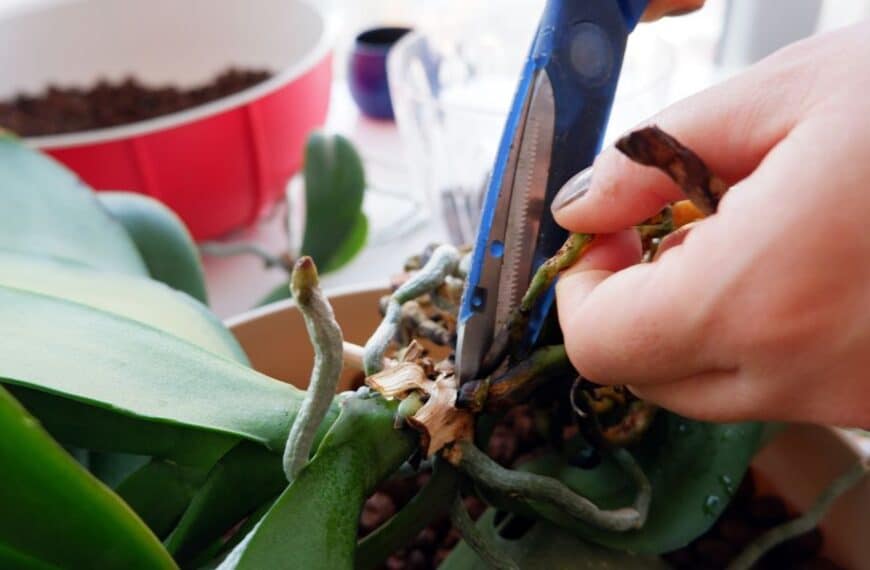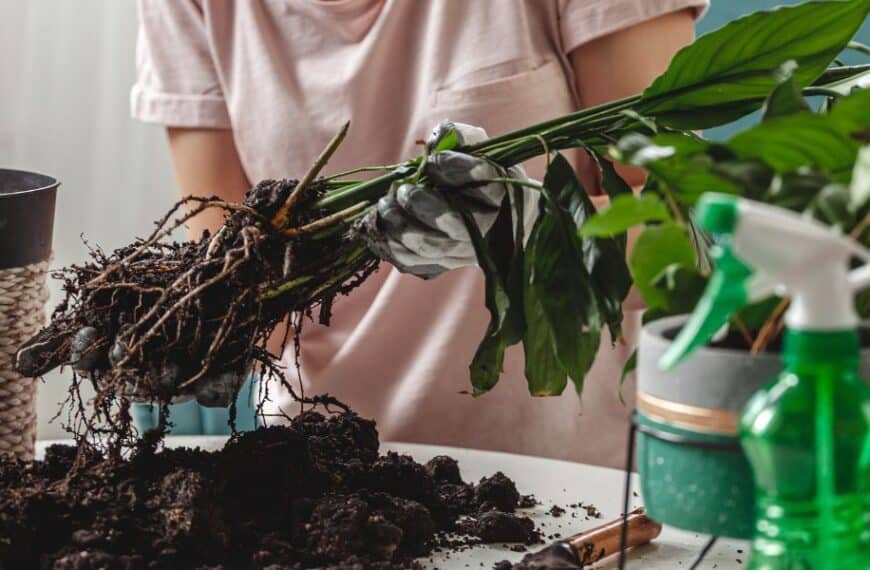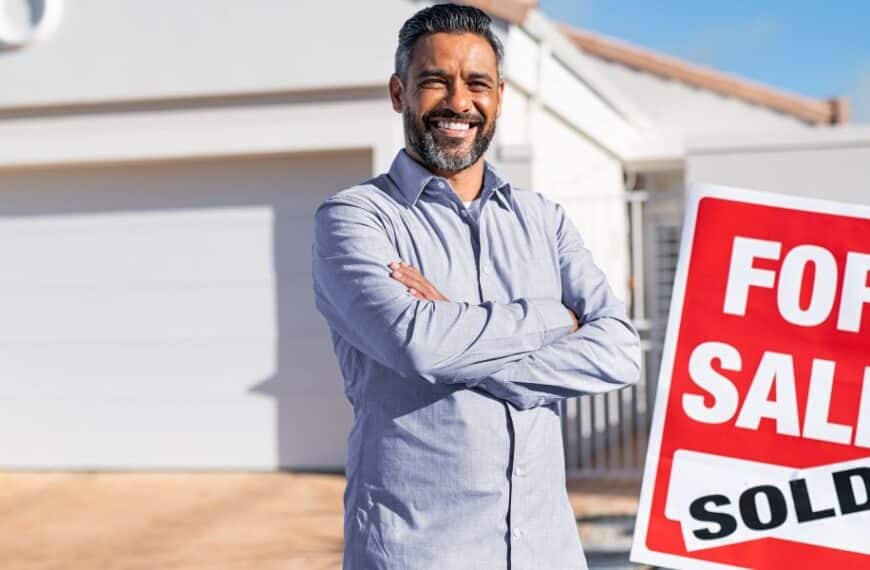Content
In the world of indoor gardening, it’s easy to believe that more is better. More water, more sunlight, and especially more nutrients can only be good for your plants, right?
Unfortunately, this is a common misconception that can lead to a condition known as nutrient burn.
This article will guide you through recognizing the signs of nutrient burn in your houseplants and provide practical advice on how to correct and prevent this issue.
Understanding Nutrient Burn
Nutrient burn, also known as fertilizer burn, is a form of plant stress caused by excessive fertilization. Plants require a delicate balance of nutrients to thrive.
When they receive too much of certain nutrients, it can cause damage to their roots and leaves.
The symptoms often resemble those of other plant diseases or deficiencies, making nutrient burn difficult to diagnose without a proper understanding of its causes and effects.
The Causes of Nutrient Burn
The primary cause of nutrient burn is over-fertilization. Many indoor gardeners are tempted to give their plants an extra dose of nutrients in the hope that it will boost their growth.
However, this can easily lead to an overload of certain minerals in the soil, which the plant then absorbs.
Other factors that can contribute to nutrient burn include using a fertilizer with a high concentration of nutrients or not properly diluting a liquid fertilizer before use.
Recognizing the Signs of Nutrient Burn
The first step in dealing with nutrient burn is recognizing its symptoms.
These can vary depending on the type of plant and the specific nutrients involved but there are some common signs to look out for:
- Leaf tips appear brown or yellow
- Leaves become curled or twisted
- The plant’s growth slows down or stops altogether
- The edges of leaves turn crispy and dry
If you notice any of these symptoms in your houseplants, it’s possible they’re suffering from nutrient burn.
Correcting and Preventing Nutrient Burn
If you suspect your plant is suffering from nutrient burn, the first step is to stop fertilizing immediately. This will prevent further damage and give your plant a chance to recover.
Here are some practical steps you can take to correct and prevent nutrient burn:
Flush the Soil
Flushing the soil involves watering your plant thoroughly to wash away excess nutrients.
This can be done by placing your plant in a sink or bathtub and running water through the soil until it runs clear from the bottom.
Be sure to let the plant drain completely before returning it to its usual spot.
Repot the Plant
If flushing doesn’t seem to help, or if the nutrient burn is severe, you may need to repot your plant. Choose a fresh potting mix that’s appropriate for your type of plant and make sure the new pot has adequate drainage.
Use Fertilizer Sparingly
To prevent nutrient burn in the future, it’s important to use fertilizer sparingly. Always follow the instructions on the fertilizer package and remember that less is often more when it comes to feeding your plants.
Monitor Your Plants Regularly
Regular monitoring of your plants can help you catch nutrient burn early before it causes significant damage. Pay attention to changes in leaf color, shape, and growth patterns.
In indoor gardening, balance is key. By understanding nutrient burn and taking steps to prevent it, you can ensure your houseplants remain healthy and vibrant.








